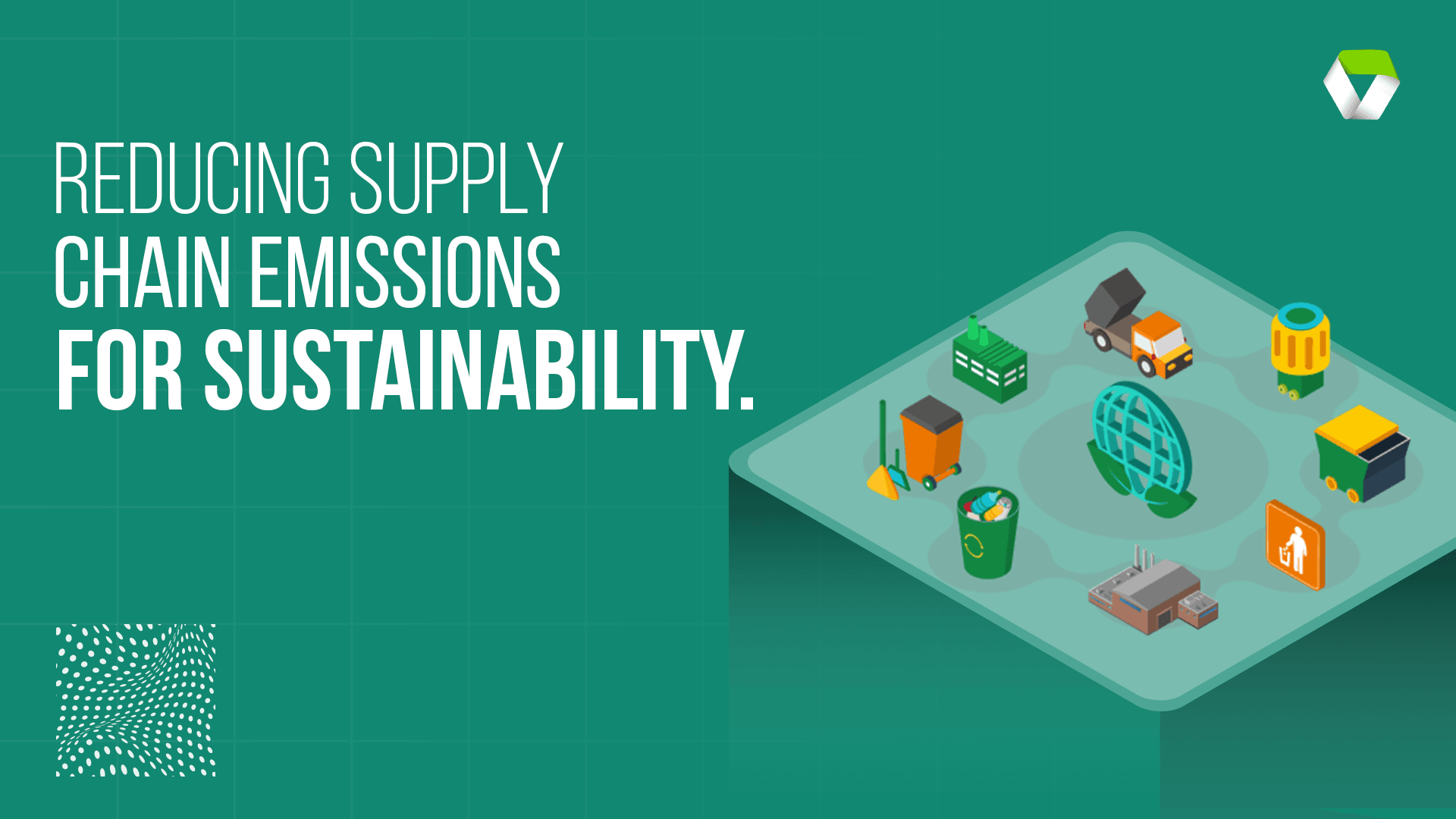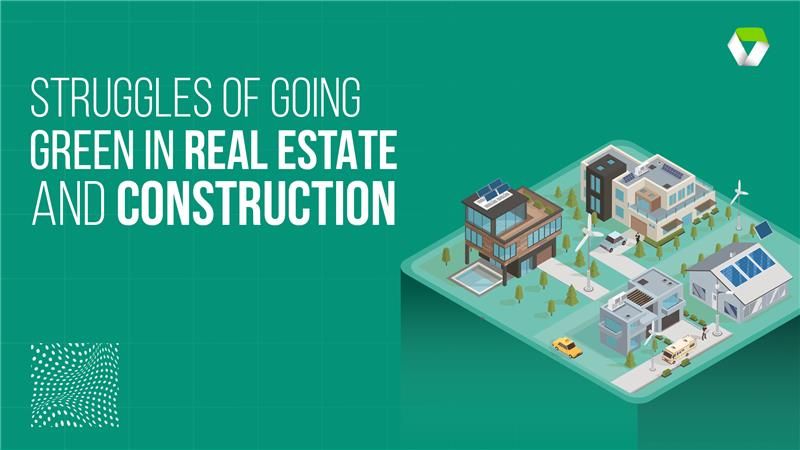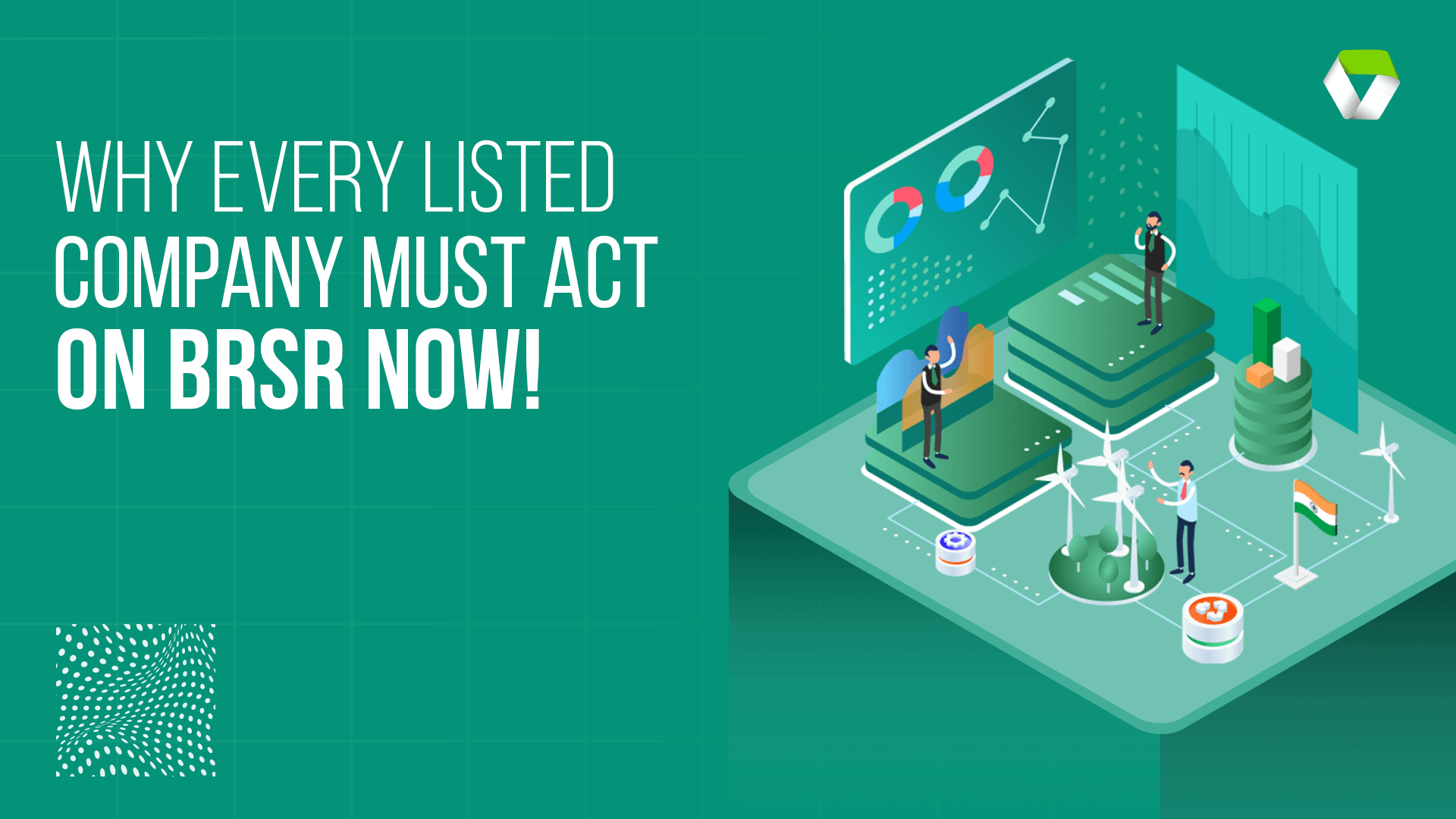Managing an organization’s supply chain emissions: Key to building sustainable businesses

Amazon has asked its highest-emitting suppliers, collectively responsible for over 50% of its supply chain footprint, to develop and implement decarbonization plans in its latest Sustainability Report (2023), emphasizing a shift in focus towards supply chain emissions.
As businesses are increasingly held accountable for their environmental impact, sustainable supply chains have become a necessity. Supply chain (Also known as value chain) emissions, categorized under Scope 3 in Greenhouse gas (GHG) protocols, encompass the indirect emissions generated throughout a product’s life cycle.
Supply chains are the backbone of global trade. However, they also represent a major source of Carbon/GHG emissions. Studies show that for many companies, Scope 3 emissions – those generated throughout the value chain – can account for over 80% of their total carbon footprint. These emissions encompass activities like raw material extraction, manufacturing by suppliers, transportation, and product use.
The scope of the problem: Why supply chain emissions matter
While Scope 1 and Scope 2 emissions (direct emissions from owned or controlled sources and indirect emissions from purchased energy) are often easier to manage, Scope 3 emissions pose a significant challenge due to their inherent complexity and lack of direct control and access to data. However, this doesn’t negate their importance. A substantial portion of an organization’s environmental footprint often resides within its supply chain exceeding its direct emissions many times over.
Here’s why tackling supply chain emissions is crucial for businesses:
- Environmental impact: Unsustainable supply chains contribute significantly to climate change, accelerating global warming.
- Regulatory risk: Governments are increasingly implementing stricter regulations for carbon emissions. Companies that fail to address supply chain emissions risk hefty fines and compliance issues.
- Investor pressure: Investors have started to prioritize sustainability, and companies with a strong track record of decarbonization are attracting greater capital inflows.
- Brand reputation: Consumers are becoming more environmentally conscious and are likely to favor brands committed to sustainability.
- Cost savings: Reducing energy consumption and waste throughout the supply chain can lead to significant cost savings.
Challenges on the road to supply chain decarbonization
Despite the compelling reasons to reduce supply chain emissions, several challenges stand in the way of creating a sustainable value chain.
- Lack of transparency: Measuring Scope 3 emissions can be complex. Fragmented supply chains and limited data sharing with suppliers make it difficult to get a clear picture of the carbon footprint.
- Supply chain complexity: Modern supply chains often span multiple countries and involve numerous tiers of suppliers, making it challenging to implement and enforce emission reduction initiatives across the board.
- Collaboration across industries: Effective decarbonization often requires collaboration with suppliers, competitors, customers, and other external stakeholders in the industry to develop common standards and share best practices.
- Cost considerations: While many emission reduction strategies offer long-term cost savings, some upfront investments may be necessary.
How to reduce your supply-chain emissions?
Even with these challenges, the economic impact of supply chain decarbonization is minimal, with an estimated end-consumer price increase of 1-4%. With benefits outweighing the challenges, businesses need to act on reducing their supply chain footprint immediately. Here’s a comprehensive guide to effectively manage supply chain emissions and steer your business toward a more sustainable future:
- Setting ambitious goals
Start by establishing clear, measurable science-based targets for Scope 3 emission reduction. This demonstrates your commitment to sustainability, provides a roadmap for progress, and motivates continuous improvement. - Understanding your supply chain footprint
The first step toward effective emissions management is clearly understanding your supply chain’s environmental impact. Invest in tools and methodologies to gain a comprehensive understanding of your supply chain emissions. Collaborate with suppliers to gather data and identify areas for improvement.
This step involves mapping your supply chain to identify key emissions sources. Key areas to focus on include:
- Raw material sourcing and extraction
- Manufacturing processes
- Transportation and logistics
- Product use and disposal - Collaborate with suppliers
Once you grasp your supply chain’s emissions profile, it’s crucial to collaborate with your suppliers. Continuously engage with suppliers on emission reduction initiatives. Provide training and technical assistance to help them implement sustainable practices.
This collaborative approach can involve:
- Establishing sustainability standards and guidelines for suppliers
- Encouraging suppliers to adopt cleaner production practices
- Working jointly to identify and implement emissions reduction opportunities - Leverage technology for sustainability
Technology can play a vital role in streamlining supply chain emissions management by providing better visibility, data collection, and optimization. Carbon accounting solutions like Sustainium allow you to map, track, and analyze carbon emissions in your supply chain and help you identify areas to optimize.
- Carbon accounting software to track emissions data
- AI-based platforms for facilitating data collection and analysis
- Big data analytics to identify patterns and trends in emissions data - Implementing sustainable practices
Supply chain sustainability is a strategic imperative for businesses and based on your emission patterns, you can implement practical strategies to reduce emissions throughout your supply chain:
- Sustainable sourcing: Prioritize raw materials from suppliers committed to sustainable practices.
- Material efficiency: Reduce waste by optimizing material usage throughout the production process.
- Energy efficiency: Encourage suppliers to adopt energy-saving technologies and practices.
- Logistics optimization: Reduce transportation distances and explore greener transportation options and cleaner fuels.
- Sustainable product design: Design products with a focus on durability, reusability, and energy efficiency.
- Circular economy practices: Embrace circular economy principles by reusing and recycling materials within the supply chain. This minimizes waste and reduces the need for virgin materials. - Transparency and Communication
The need for transparency cannot be overstated in building trust and fostering collaboration in your supply chain emissions management. Regularly communicate your emissions reduction goals and progress to stakeholders, including suppliers, customers, and investors. - Invest in innovation
Support and invest in research and development initiatives that explore innovative solutions to reduce supply chain emissions. This could involve exploring new low-carbon technologies or materials.
Building net-zero supply chains
Reducing emissions in supply chains is crucial for businesses to achieve sustainability goals. Managing supply chain emissions is an ongoing process that necessitates continuous monitoring, collaboration, and innovation. By adopting a comprehensive data-driven approach that integrates the strategies, technology, and frameworks, businesses can significantly reduce their supply chain’s environmental impact and build a more sustainable business.






